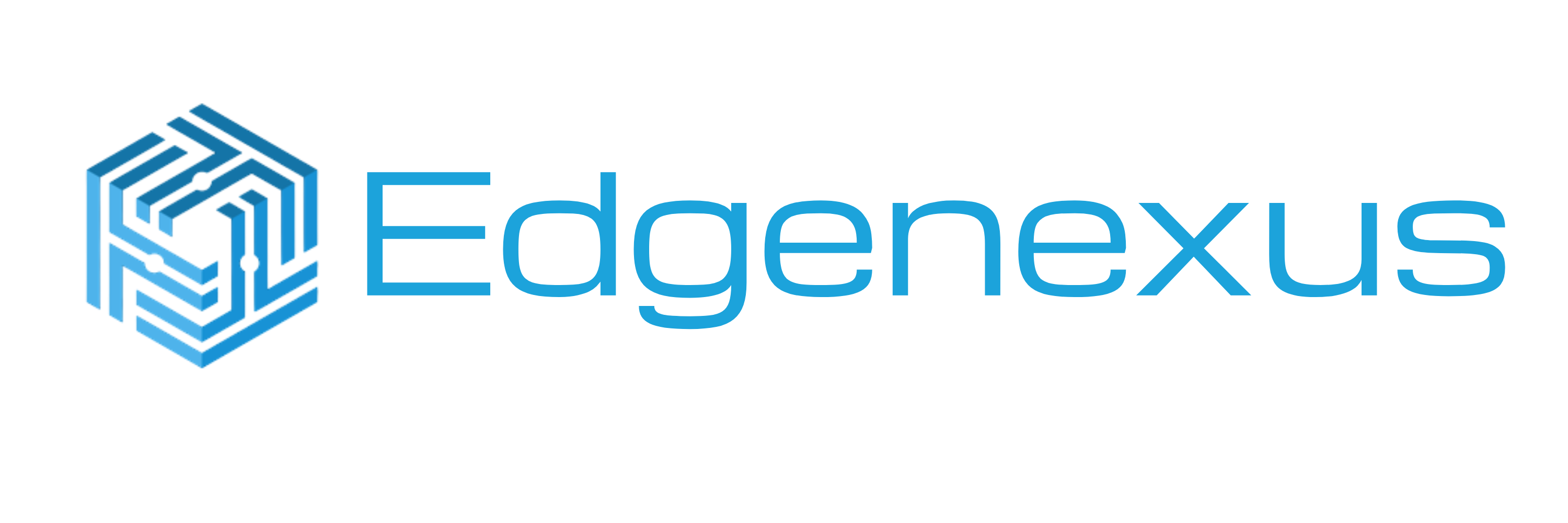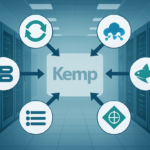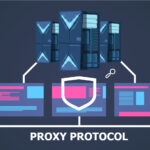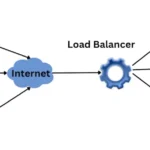Why choose VMware NSX load balancing, given the complexity and costs?
In today’s rapidly evolving landscape, enterprise networking is more crucial than ever, acting as the backbone of business operations. The introduction of advanced solutions like VMware NSX has promised to revolutionize this space with cutting-edge virtualization and security capabilities. However, beneath the glossy veneer of innovation and the persuasive narratives spun by brand ambassadors and sales teams, a growing chorus of voices is beginning to question the real value of such complex and tightly woven solutions.
Often motivated by brand loyalty or sales targets, these advocates paint an overly optimistic picture, glossing over the intricate realities and substantial investments required. This scenario leads many organizations to leap before they look, entranced by the allure of a top-tier product, without fully understanding its implications.
Once the decision is made, the reality of implementing and managing VMware NSX begins to surface. What was initially perceived as a straightforward upgrade morphs into a labyrinth of complexities, revealing hidden costs not just in monetary terms but also in operational bandwidth. Enterprises grapple with the intricacies of configuring and maintaining an NSX environment, frequently demanding the acquisition of specialized and often expensive IT personnel.
This requirement can significantly increase the total cost of ownership, which needs to be adequately addressed during the initial sales pitch. The result is a conundrum for many businesses: the struggle to justify the high investment in a solution that was supposed to streamline operations yet ends up adding layers of complexity and cost.
Solution Types
Before we compare the two solutions, particularly, the benefits and pitfalls, we need to understand the differences on a top-level better.
VMware NSX
VMware NSX is a comprehensive network virtualization and security platform heralded as a modern data center networking cornerstone. At its core, NSX decouples network functionality from the physical hardware, instead embedding it directly into the software layer. This innovative approach allows for creating entire virtual networks, including switches, routers, firewalls, and load balancers, all operating independently of the underlying physical infrastructure. Designed to deliver agility, automation, and enhanced security, NSX transforms how network services are deployed and managed, enabling faster response to changing business needs and providing a more efficient and scalable approach to network management.
The standard deliverable of VMware NSX is rich in features, providing a suite of components essential for a fully functional virtualized network environment. Key components include logical switching, which enables the creation of Layer 2 (L2) networks in software that are decoupled from the underlying hardware. Logical routing allows for dynamic routing between virtual networks, overcoming traditional hardware limitations.
The NSX Edge Services Gateway extends network capabilities with services such as NAT, DHCP, and VPN. NSX also integrates advanced security features, including the Distributed Firewall for granular intra-datacenter traffic control, and micro-segmentation capabilities that enhance security at the workload level. Load balancing is another critical component, distributing network traffic across multiple servers to ensure application reliability and performance. Together, these elements constitute a powerful platform, equipping organisations with the tools to build a responsive, secure, and highly customizable network infrastructure.
Edgenexus EdgeADC
The Edgenexus EdgeADC is a specialised Application Delivery Controller (ADC) solution, primarily designed to enhance the performance, security, and reliability of applications across networks. As an ADC, it functions as an advanced load balancer, but with a broader set of features that go beyond mere traffic distribution. EdgeADC optimises the delivery of applications by efficiently managing client connections to backend servers, ensuring that user requests are handled effectively and without unnecessary delay.
This results in improved application performance, uptime, and user experience. The solution is particularly well-suited for environments where application performance is critical, such as e-commerce platforms, corporate intranets, and cloud services. Additionally, EdgeADC is known for its user-friendly interface and ease of deployment, making it accessible for organisations of various sizes and with differing levels of IT expertise.
Standard deliverables of Edgenexus EdgeADC include a robust set of features designed to optimise and secure application delivery. At its core, it offers powerful load balancing capabilities, including Layer 4 and Layer 7 load balancing, which ensure efficient traffic distribution and application availability. Advanced features like SSL Offloading help offload CPU-intensive encryption tasks from the server, enhancing performance. It also includes application acceleration tools such as content caching and compression, reducing load times and improving the end-user experience. Security is another key component, with EdgeADC providing a Web Application Firewall (WAF) to protect against web-based threats and pre-authentication to safeguard backend servers. Additionally, EdgeADC offers health monitoring for servers and applications, ensuring high availability and performance.
The EdgeADC is also equipped with an extremely powerful capability, flightPATH, an advanced Layer 7 traffic management solution that allows administrators to easily create rules using condition, variables and actions and manipulating traffic as they deem necessary. These features collectively make Edgenexus EdgeADC a comprehensive solution for application delivery, offering both performance enhancements and security in a single package.
Is the Edgenexus EdgeADC an equivalent of VMware NSX? No, it is not, but what it does provide users with is the ability to have a powerful load balancing solution that is extremely easy to configure and manage.
So Let’s Compare
When we look at comparisons between VMware NSX and the Edgenexus EdgeADC, we must be aware that they are two distinct solutions, with the only common aspect being the application delivery and load balancing features. Keeping that in mind, this article will not delve into the other features that VMware NSX offers but will instead stay focussed on price, value and the common aspects between the two solutions.
Feature | VMware NSX | Edgenexus EdgeADC |
Layer 4 & Layer 7 Load Balancing | L4 TCP, UDP and ICMP L7 HTTP/HTTPS Supported | L4 TCP, UDP and TCP/UDP L7 HTTP/HTTPS Also FTP, SNMP, POP3, IMAP, DNS, ADFS, DICOM, Exchange pre-tuned support |
SSL Offloading/Termination | ✅ | ✅ |
SSL Re-Encryption | Not Known | ✅ |
SSL Passthrough | ✅ | ✅ |
SNI (Server Name Indication) | ✅ | ✅ |
Health Checks | ✅ | ✅ |
Persistence | ✅ | ✅ |
HTTP Traffic Management Rules | ❌ | ✅ No Coding – 100% GUI |
HA Clustering | ✅ Complex | ✅ Simple One Click |
RestAPI | ✅ | ✅ |
Monitoring and Logging | ✅ | ✅ |
GSLB | ✅ | ✅ |
WAF | ✅ | ✅ |
| Kubernetes Ingress Controller | ✅ | ✅ |
Let’s Encrypt Handler | Not Known | ✅ |
Single Sign-On | ✅ | ✅ |
Pre-Authentication | ✅ | ✅ |
Cost | $$$$$ | $$$ |
| Complexity | +++++ | ++ |
| Training Requirement | ✅ | ❌ |
So, why should I try the Edgenexus EdgeADC?
It’s a very good question, and we would like to be honest with you.
First, Edgenexus has been a certified VMware partner for over a decade and has hundreds of installations on VMware ESX hypervisors. Indeed, it can be downloaded from the VMware Marketplace here:
https://marketplace.cloud.vmware.com/services/details/jetnexus-load-balancer-adc-4-2-4?slug=true
If you are using NSX to provide the complete, and fullest functionality it can within your infrastructure, then it may well be better to stay with it. So, what do I mean by that?
I mean that if you are using NSX’s features such as NSX Edge Gateway capabilities, Dynamic Virtual Network Routing, L2 Network Switch, etc, then this is something that the Edgenexus EdgeADC cannot provide you with.
However …
If you are using NSX because you wanted load balancing and were persuaded by VMware to go toward NSX, then you really should look at the Edgenexus EdgeADC.
The Edgenexus EdgeADC can provide you with all the load balancing functionality you need, but at a cost and ease of use that NSX just cannot match.
Trying the EdgeADC is a 1-2-3 move …
- Go to the Edgenexus Website (https://www.edgenexus.io/try) and fill out the form.
- Download and install the solution in your environment.
- Contact presales@edgenexus.io and arrange a demo to see its fantastic features, and get a 30 day no limits licence.
Conclusion
In summary, the comparison between VMware’s NSX Load Balancer and Edgenexus EdgeADC highlights a key consideration in network management solutions: the balance between functionality and practicality. While both offer similar advanced load balancing features, NSX comes with a significant financial and operational cost, often including complex features that many enterprises may not need or use. This not only impacts budgets but also adds to the system’s overall complexity. In contrast, Edgenexus EdgeADC stands out for its simplicity, ease of use, and cost-effectiveness, making it a more suitable choice for organisations seeking efficient load balancing without the unnecessary complexity and expense of underutilised features.
So what if you are already using VMware NSX and would like to migrate to a dedicated ADC? Migration is easy with Edgenexus, and our professional services team is always here to help.










